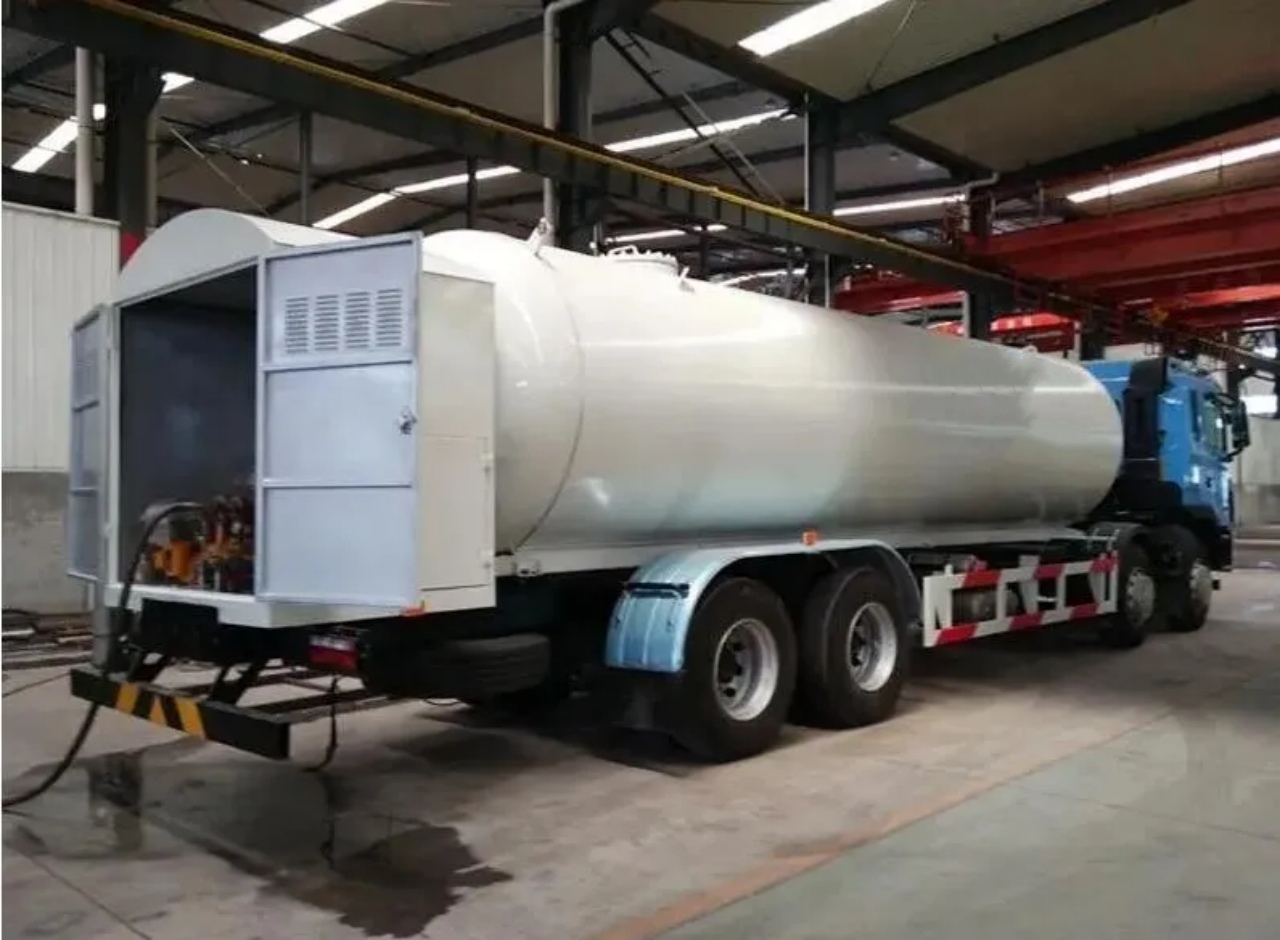Introduction
Propane tank trucks play a crucial role in transporting liquefied petroleum gas (LPG) safely and efficiently across vast distances. Due to the hazardous nature of propane, these vehicles must adhere to strict safety standards and regulatory guidelines to prevent accidents, leaks, or explosions. Understanding the construction, operation, and regulatory requirements of propane tank trucks is essential for operators, fleet managers, and regulators alike.
Construction and Design of Propane Tank Trucks
Propane tank trucks, also known as bobtail trucks or LPG transporters, are specialized vehicles designed for the safe transportation of pressurized propane. Their construction involves:
- Tank Material and Structure
- Typically made from carbon steel or stainless steel to withstand high pressures.
- Cylindrical shape to evenly distribute pressure.
- Tanks are designed to handle pressures up to 250 psi (pounds per square inch).
- Valves and Safety Features
- Pressure relief valves to prevent excessive pressure buildup.
- Emergency shutoff valves to stop propane flow in case of leaks.
- Excess flow valves to automatically close when there is an abnormal flow rate.
- Piping and Hoses
- Constructed from durable, pressure-rated materials to withstand high temperatures and pressures.
- Equipped with breakaway couplings that disconnect safely without causing leaks.
- Loading and Unloading Mechanisms
- Pumps and compressors ensure controlled transfer of propane.
- Metering systems provide accurate measurements of delivered propane.

Safety Measures for Propane Tank Trucks
Given the potential hazards of transporting propane, strict safety measures are in place to protect drivers, surrounding communities, and the environment.
- Driver Training and Certification
- Drivers must obtain a Commercial Driver’s License (CDL) with a hazardous materials (HazMat) endorsement.
- Regular training sessions are required on emergency response, safe handling, and equipment operation.
- Pre-Trip and Post-Trip Inspections
- Checking for leaks, pressure levels, and valve integrity before each trip.
- Ensuring that hoses and connections are secure and undamaged.
- Fire Prevention Measures
- Flame-resistant components and grounding systems to prevent static electricity ignition.
- Fire extinguishers must be readily available on board.
- Emergency Response Planning
- Training drivers to respond effectively to leaks or accidents.
- Developing communication protocols with local emergency services.
Regulatory Framework Governing Propane Tank Trucks
Regulatory bodies at national and international levels establish stringent guidelines to ensure the safe transportation of propane. The key regulations include:
- Department of Transportation (DOT) Standards (U.S.)
- DOT 1075 marking for propane transport vehicles.
- Compliance with Hazardous Materials Regulations (HMR) under the Pipeline and Hazardous Materials Safety Administration (PHMSA).
- Occupational Safety and Health Administration (OSHA) Requirements
- Mandates workplace safety measures for propane handling and transport.
- Requires personal protective equipment (PPE) and safety training for workers.
- National Fire Protection Association (NFPA) Standards
- NFPA 58: Liquefied Petroleum Gas Code regulates propane storage and transport.
- NFPA 385: Standard for Tank Vehicles for Flammable and Combustible Liquids.
- Environmental Protection Agency (EPA) Guidelines
- Requires adherence to spill prevention and environmental impact mitigation measures.
- Ensures compliance with clean air regulations to minimize emissions.
- International Regulations
- United Nations Recommendations on the Transport of Dangerous Goods.
- ADR (European Agreement Concerning the International Carriage of Dangerous Goods by Road) for cross-border transport.

Common Challenges in Propane Tank Truck Operations
Despite stringent regulations and safety protocols, propane tank truck operators face several challenges:
- Weather and Road Conditions
- Extreme temperatures can affect propane pressure levels.
- Road hazards and traffic congestion increase accident risks.
- Equipment Maintenance
- Regular inspections and maintenance are crucial to prevent breakdowns.
- Valve and hose wear-and-tear require frequent replacements.
- Regulatory Compliance Costs
- Adhering to multiple regulatory requirements can be costly for operators.
- Frequent updates to regulations necessitate ongoing investments in training and equipment.
Conclusion
Propane tank trucks serve as a vital link in the energy supply chain, delivering propane safely to consumers and businesses. Due to the potential risks associated with transporting liquefied petroleum gas, stringent safety measures and regulations govern their operation. By adhering to industry best practices, following regulatory guidelines, and ensuring proper maintenance, operators can mitigate risks and contribute to the safe and efficient transportation of propane.


